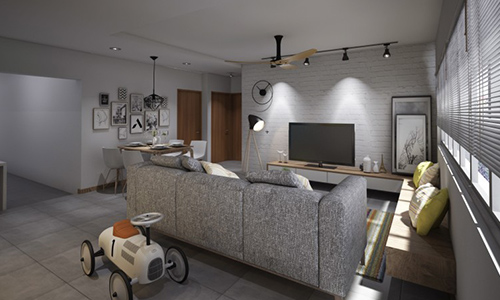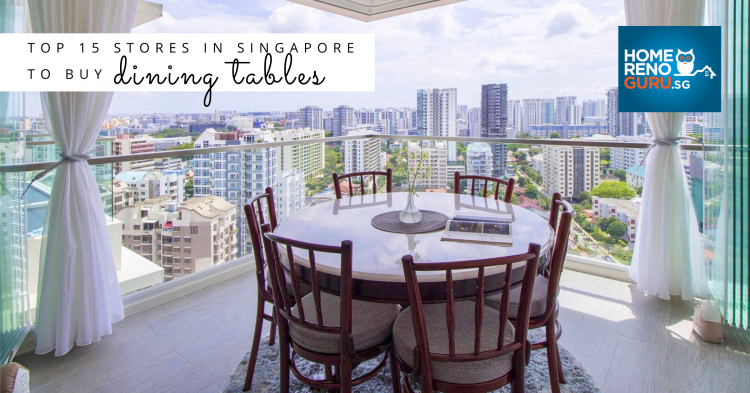
In Part 1 of this article, we looked at how climate helped shape Singaporean architecture and interior design, from kampong houses to HDB estates. Moving on, we looked at the current state of Singapore style, best embodied in the iconic buildings that have transformed our skyline. We also asked interior designers about the forces and factors that are shaping current trends, and collated their visions into a wish-list for the future.
BIG BUILDINGS, STRONG STATEMENTS
Many iconic commercial residential and public buildings continue to be shaped by climate. Marina Bay Sands, topped by the amazing rooftop, ship-shaped SkyPark, admits copious natural light through its glass façade and roof. Eco-friendly malls such as Star Vista and City Square Mall are giving shopping a green name.
The award-winning PARKROYAL on Pickering has opened its corridors to the elements, emulating the open corridors of HDB blocks. Dubbed a hotel-in-a-garden, it is the poster project for Singapore’s vision to be a city in a garden. And unlike other iconic buildings on its scale and in its class, which are mostly the brainchildren of foreign architects, it was actually designed by local architecture practice WOHA.


Upscale private residential developments, too, are becoming increasingly green and tropical in their designs. The Interlace, a bold residential development that tends to polarise opinions, dramatically breaks away from the standard isolated, vertical apartment towers of Singapore. Thirty-one apartment blocks, six storeys tall and identical in length, are stacked in a hexagonal arrangement to form eight large open courtyards. The stacked formations allow light and air to flow through the architecture and surrounding landscape.
You need only look at kampong houses on stilts, shophouses with their shutters and airwells, and black and whites with their brick piles, deep verandahs and rattan blinds, to see that the concept of optimising natural light and ventilation is nothing new. In accordance with the Sustainable Singapore Blueprint 2015, new developments continue to blend the outdoors and indoors, in imaginative and energy-efficient ways.
However, while there is undoubtedly a modern tropical Singaporean style emerging through ambitious developments like Marina Bay Sands and The Interlace, the fact remains that the vast majority of Singaporeans live in compact, HDB flats. Given the regulatory constraints on structural renovations that largely prohibit hacking, the preoccupations of local homeowners differ vastly from those of local developers.
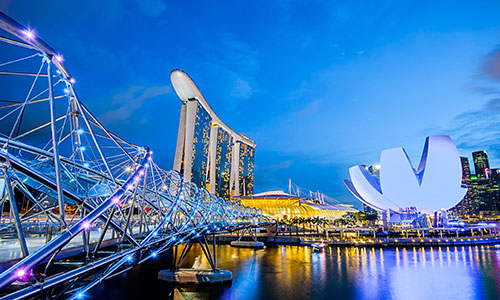
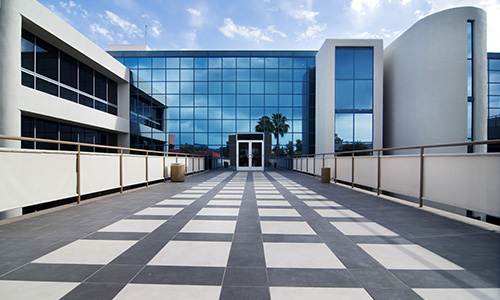
NO SPACE FOR SINGAPORE STYLE
Bound by green building standards, developers are compelled to align their visions with those of the Government. Bound by HDB rules and regulations, the majority of flat-dwellers are happy to concentrate on making the most of not natural light and ventilation, but something they deem far more precious – space.
Vincent Neo, Managing Director of Weiken.com ID Pte Ltd, summed it up when he said: “The main priorities of Singaporean home owners when styling their homes are centred on increasing more storage space and creating more living space within a restricted area.”
BABY STEPS TO BOLDNESS
The common lament of interior designers is the ‘safe mindset’ of Singaporean homeowners, which is undoubtedly linked to space constraints, budgetary constraints and a certain ingrained timidity, which some attribute to the Confucian emphasis on conformity over autonomy. Others simply put it down to a lack of creativity in a society where freedom of expression has not, historically, been encouraged.
However, that safe mindset is changing, says Agnes Lau, the Office Manager of Designscale Pte Ltd. While she agreed that space optimisation and low maintenance remain high on the list of homeowners’ priorities, she has observed a shift in her customers’ level of involvement in their renovations.
“In recent years, you can see an increasing number of Singaporeans developing and expressing their own unique style. More and more individuals want to have a greater say in the planning and design of their renovations. Many customers research, copy and paste and piece together images to create their own ‘dream home’,” said Agnes. However, she agreed that low maintenance and space optimisation remained high on the list of homeowners’ priorities.
Axcel Yeo, Director of Cyrus Creations Pte Ltd, agreed that Singaporeans are loosening up in their approach to interior design. Exposed to overseas trends through budget travel and the digital world, they are becoming emboldened to mix and match diverse influences in their interior design.
“Like the distinctive cultural mix of different racial ethnicities that we hold dear, Singapore has always been known in the world as a place where fusions occur. Actually, all around us, Singaporean-style design trends are emerging. For example, the trend of the conservation aged Asian façade backed by a purely western interior can be seen islandwide,” said Axcel.

Jocelyn Tan, a Designer and Marketing Executive from De Exclusive Interior Group Pte Ltd, agrees that mixing styles is prevalent, but stops short of calling it a style in itself. “I don’t think there is a distinct Singaporean style because the closest we get is a mixture from various cultures,” she said.
Ray Oh, Creative Designer of One Design Werkz Pte Ltd, echoed her sentiments almost exactly. “In my opinion, there isn’t a distinct ‘Singaporean style’ in interior design and architecture. It is more of a mixture of different styles,” he said.
Whether you choose to call eclectic design a style in itself or not, it is clear that an increasing number of Singapore homeowners are confidently mixing and matching elements from east and west, past and present.
DRAWING BOARD FOR NEW SINGAPORE STYLE
Not surprisingly, local designers’ desires for a distinctly Singapore style gravitate towards fusion.
“My design drafts for Singaporean Style would be a total mash-up of pop art-defined colours with the use of scandi-inspired furniture, textured with Nippon Paint’s latest Momento special effects paint on feature walls,” said Axcel Yeo from Cyrus Creations on his explicit vision for a hypothetical Singapore style.
Jocelyn Tan of De Exclusive, would be more purist in her approach. “I would like to reinvent the kampong house style, with the typical old-style concrete floor and vintage furniture,” she said.
Agnes Lau of Designscale would draw on Chinese style. “I would invent my own ‘modern Chinese’ style that was simple and cost-effective to maintain, with an emphasis on good workmanship,” she said.
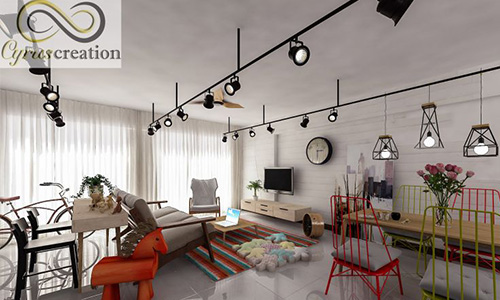
Ray Oh of One Design Werkz Pte Ltd would draw on our ethic groups’ common love of communal living to reimagine a fluid space for frequent gatherings. “I would invent it in a way in which the living, dining and kitchen areas allow great interaction between spaces as well as interaction between the users.”
Vincent Neo of Weiken had the last word. “Style should not be restricted to our ethic mix and culture. Homeowners should go all out to build their dream home based on their living behaviour and wants. However, bearing in mind our humid weather, great care should be taken when choosing materials,” he said.
As you can see from the observations and diverse visions of the professionals who contributed to this article, Singaporean style is a work in progress. Apart from a small but growing number of trend-shaping iconic buildings that are tailored to our tropical environment, it’s currently a case of anything goes, weather-appropriate or not. But according to the experts, including the Singapore Government, our tropical climate will be a driving force in the shape of things to come.
So yes, Singaporean style exists. It may not have fully filtered down to the residential sector yet, but it’s just a matter of time. Tropical urban style, freely blending eastern and western aesthetics while pragmatically referencing the native architecture of our Asian neighbours, is on its way and here to stay.




